Dosa is one of the most iconic dishes from South India, loved for its crisp texture and delicious taste.
This thin, crepe-like pancake is made from a fermented batter of rice and lentils, making it not only tasty but also nutritious. Whether served plain or stuffed with a savory filling like spiced potatoes, dosa has captured the hearts of food lovers worldwide.
In this blog post, we’ll explore everything you need to know about dosa—from its origins to expert tips on making the perfect dosa at home. We’ll also provide a detailed recipe, serving suggestions, and nutrition facts.
About Dosa
Dosa is a traditional South Indian dish that has been enjoyed for centuries. It is known for its unique blend of crispy exterior and soft, spongy interior.
Traditionally, dosa batter is made by soaking rice and urad dal (split black gram) separately, grinding them into a fine paste, and then fermenting the mixture overnight. This fermentation process not only gives dosa its distinct sour flavor but also makes it easier to digest.
Dosa is typically served with a variety of accompaniments such as sambar (a spicy lentil soup), coconut chutney, and a variety of other chutneys and dips.
Ingredients
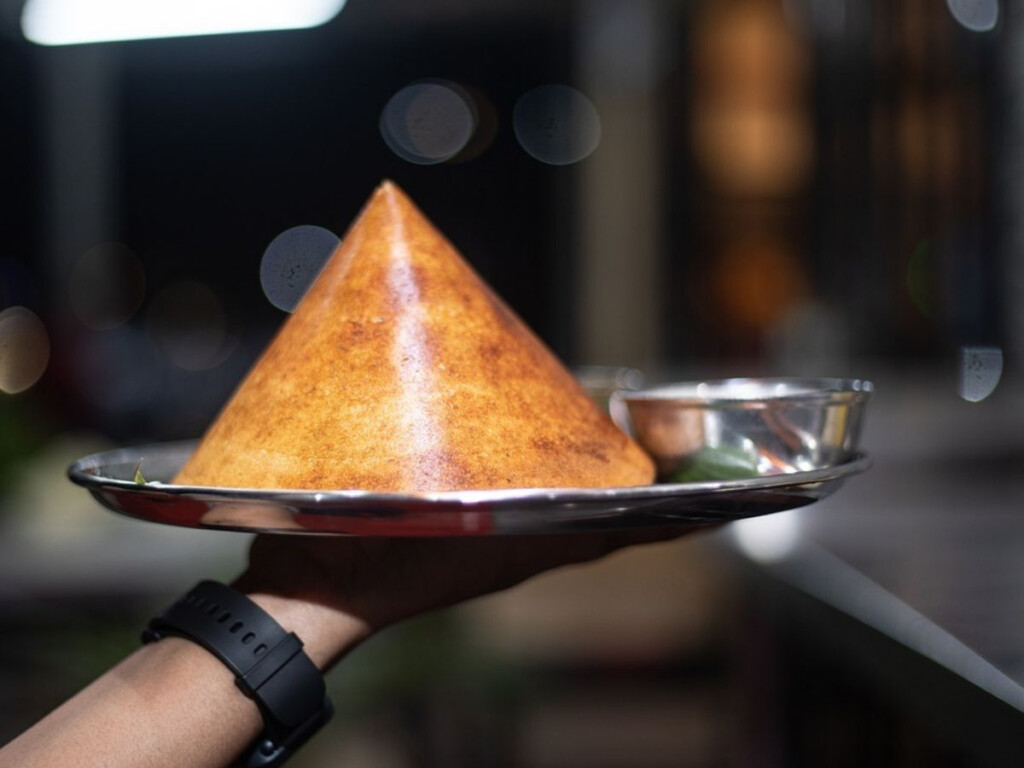
For the Dosa Batter:
- 2 cups regular rice (or a mix of regular rice and parboiled rice)
- 1/2 cup urad dal (split black gram)
- 1/4 teaspoon fenugreek seeds (methi seeds)
- 1/2 cup poha (flattened rice) or cooked rice (optional, for extra softness)
- Salt to taste
- Water, as needed
- Oil or ghee, for cooking
For Serving (Optional):
- Sambar
- Coconut chutney
- Tomato chutney
- Potato masala (for Masala Dosa)
Expert Tips
- Soaking the Ingredients: For a well-fermented batter, soak the rice, urad dal, and fenugreek seeds separately for at least 4-6 hours. This helps in grinding them smoothly and ensures proper fermentation.
- Grinding the Batter: Use a wet grinder or a high-power blender for grinding the ingredients. Grind the urad dal first to a fluffy consistency, then grind the rice. Mixing the two batters together afterward gives a good texture to the dosa.
- Fermentation: Allow the batter to ferment in a warm place. In colder climates, place the batter in an oven with the light on or in a warm area of the kitchen. Proper fermentation is key to making light and crispy dosas.
- Consistency of the Batter: The batter should be of a pouring consistency, similar to pancake batter, but slightly thicker. If the batter is too thick, add a little water to adjust.
- Cooking the Dosa: Always use a well-seasoned cast-iron tawa (griddle) or a non-stick pan. Heat the tawa before pouring the batter, then reduce the heat slightly to cook the dosa evenly. Spread the batter quickly in a circular motion to get thin, even dosas.
How To Make Dosa?
Instructions:
- Prepare the Batter:
- Rinse the rice, urad dal, and fenugreek seeds separately under cold water. Soak them in enough water for 4-6 hours. If using poha or cooked rice, rinse and soak them separately for 30 minutes before grinding.
- Drain the water from the soaked ingredients. In a wet grinder or blender, grind the urad dal and fenugreek seeds to a smooth and fluffy batter, adding water as needed. Transfer to a large bowl.
- Next, grind the rice and poha/cooked rice together into a smooth batter. Mix this with the urad dal batter.
- Add salt and mix well. The batter should be of a pouring consistency, not too thick or thin.
- Cover the bowl and let the batter ferment overnight or for 8-12 hours. The batter should rise and turn slightly bubbly.
- Cooking the Dosa:
- Once the batter is fermented, give it a gentle stir. Heat a tawa or non-stick skillet over medium heat.
- Grease the tawa lightly with oil or ghee. If using a cast-iron tawa, season it well to prevent the dosa from sticking.
- Pour a ladleful of batter onto the tawa and spread it in a circular motion to form a thin dosa. Drizzle a few drops of oil or ghee around the edges.
- Cook until the edges start lifting and the dosa turns golden brown. If making plain dosa, fold it in half and remove it from the tawa. If making Masala Dosa, place a spoonful of potato masala in the center before folding.
- Repeat and Serve:
- Repeat with the remaining batter. Adjust the heat as needed to prevent the dosa from burning or sticking.
- Serve hot with sambar, coconut chutney, or any chutney of your choice.
Serving Tips
- Plain Dosa: Serve plain dosa with a variety of chutneys such as coconut chutney, tomato chutney, or mint chutney.
- Masala Dosa: Fill the dosa with a spicy potato masala filling before folding. Serve with sambar and chutney for a traditional South Indian meal.
- Cheese Dosa: Sprinkle grated cheese over the dosa while it cooks. Fold and serve for a kid-friendly variation.
- Paneer Dosa: Add crumbled paneer seasoned with spices to the dosa before folding. It makes for a protein-rich breakfast option.
Recipe Card
Classic Dosa Recipe
Ingredients:
- 2 cups regular rice (or a mix of regular rice and parboiled rice)
- 1/2 cup urad dal (split black gram)
- 1/4 teaspoon fenugreek seeds
- 1/2 cup poha or cooked rice (optional)
- Salt to taste
- Water, as needed
- Oil or ghee, for cooking
Instructions:
- Soak rice, urad dal, and fenugreek seeds separately for 4-6 hours. Soak poha/cooked rice separately for 30 minutes.
- Grind the urad dal and fenugreek seeds into a smooth batter. Grind rice and poha/cooked rice separately. Mix both batters, add salt, and let ferment overnight.
- Heat a tawa, grease lightly, and pour a ladleful of batter. Spread in a circular motion. Drizzle oil or ghee.
- Cook until golden brown. Fold and serve with sambar and chutney.
Nutrition Facts (per serving, approximate)
- Calories: 100
- Total Fat: 2g
- Saturated Fat: 0.5g
- Cholesterol: 0mg
- Sodium: 150mg
- Total Carbohydrates: 18g
- Dietary Fiber: 1g
- Sugars: 0g
- Protein: 3g
Dosa is more than just a breakfast option; it’s a versatile dish that can be enjoyed any time of the day. With its crispy texture and flavorful accompaniments, dosa is sure to be a favorite among family and friends. This guide provides everything you need to know to make perfect dosas at home, so roll up your sleeves and get ready to cook!


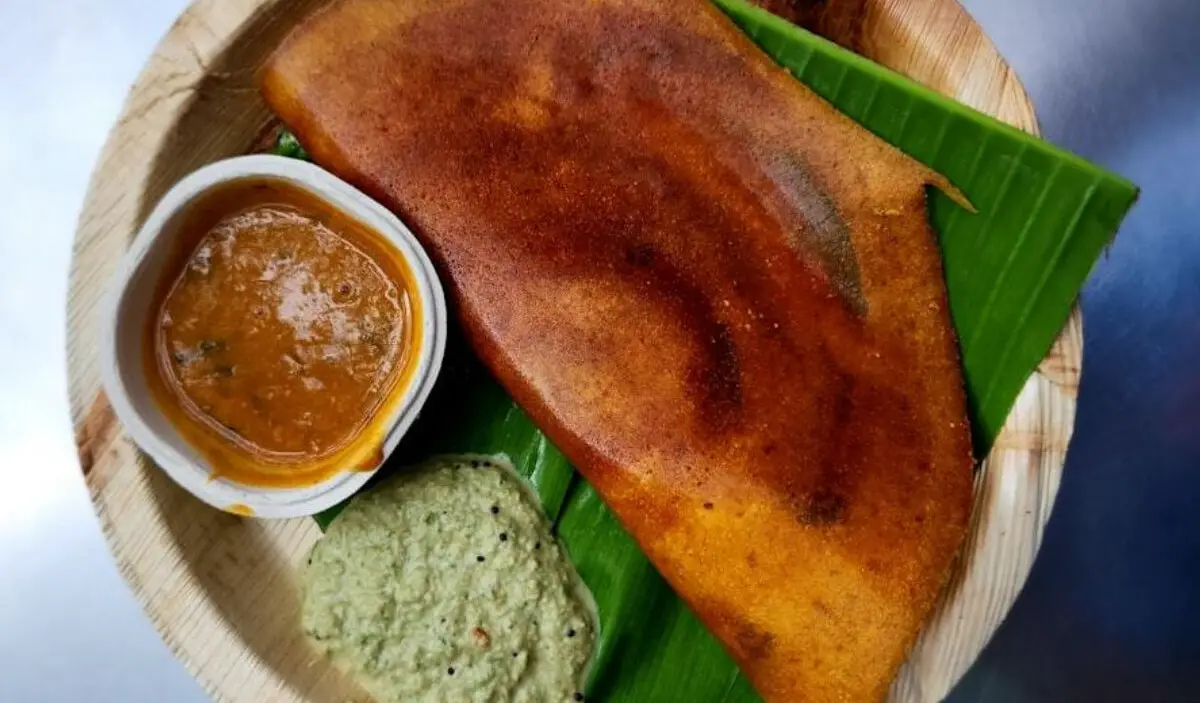
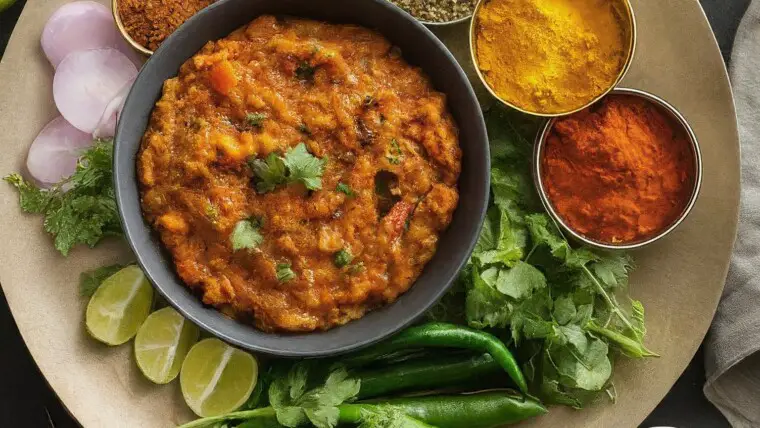
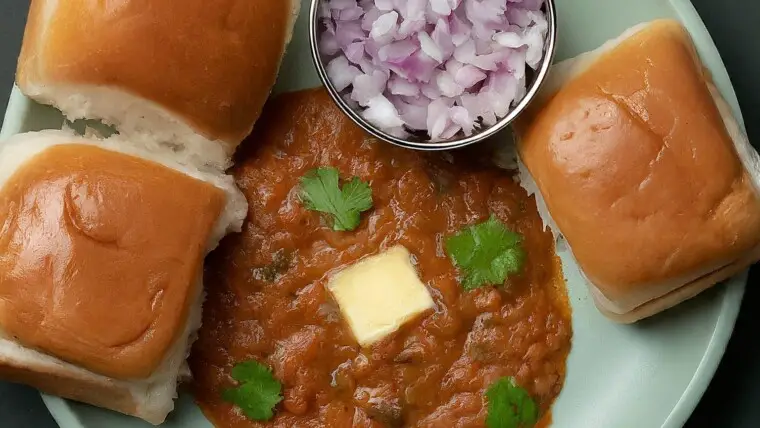
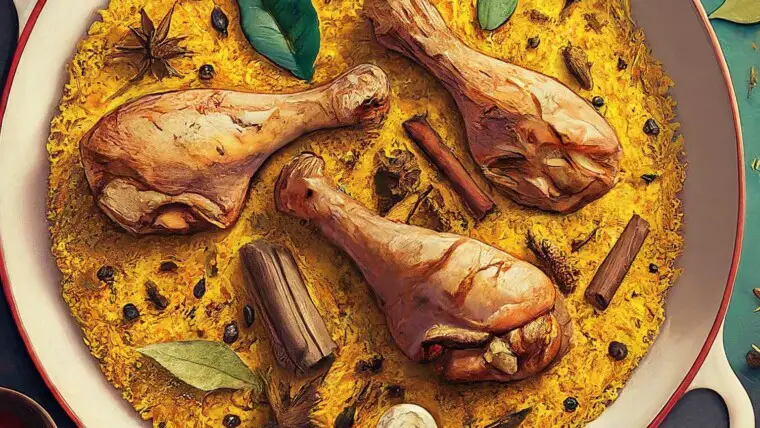
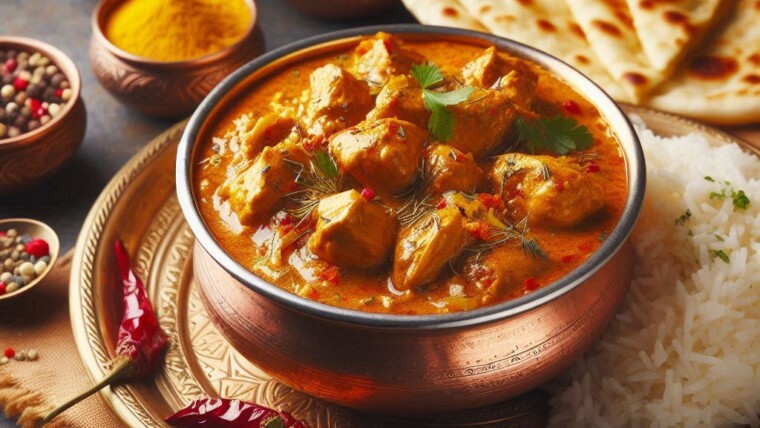
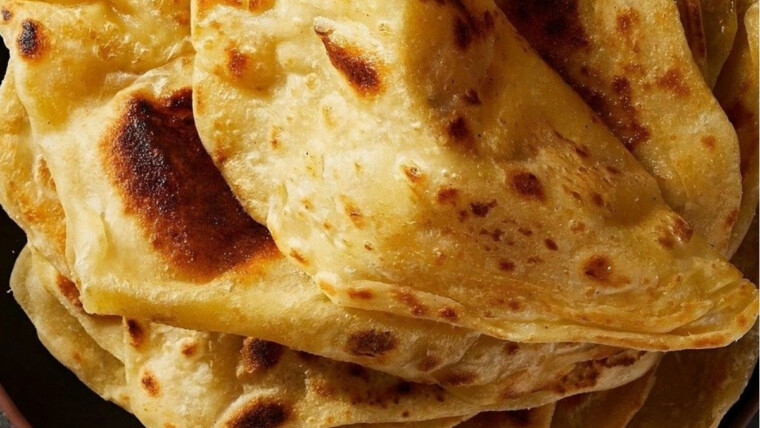
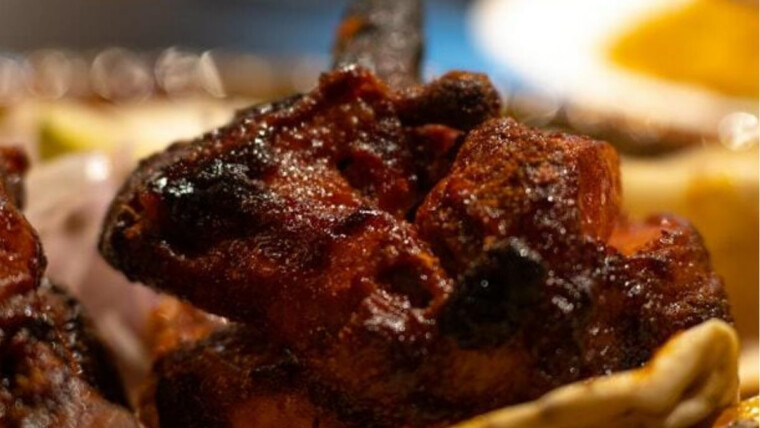
Amish Rhubarb Jam Recipe
Homemade Fried Donuts Recipe
Authentic Chicken Mongolian Recipe
Sauteed Asparagus With Mushrooms Recipe
What are some examples of traditional foods that can be stuffed inside a loaf of bread?
Papaya for Diabetes: How Often Should It Be Consumed and When Is the Best Time of Day?
How do people rediscover old, forgotten recipes? Are they typically stumbled upon or found intentionally?
567 Mango Lassi Quotes To Fulfill Your Desires For Something Tropical